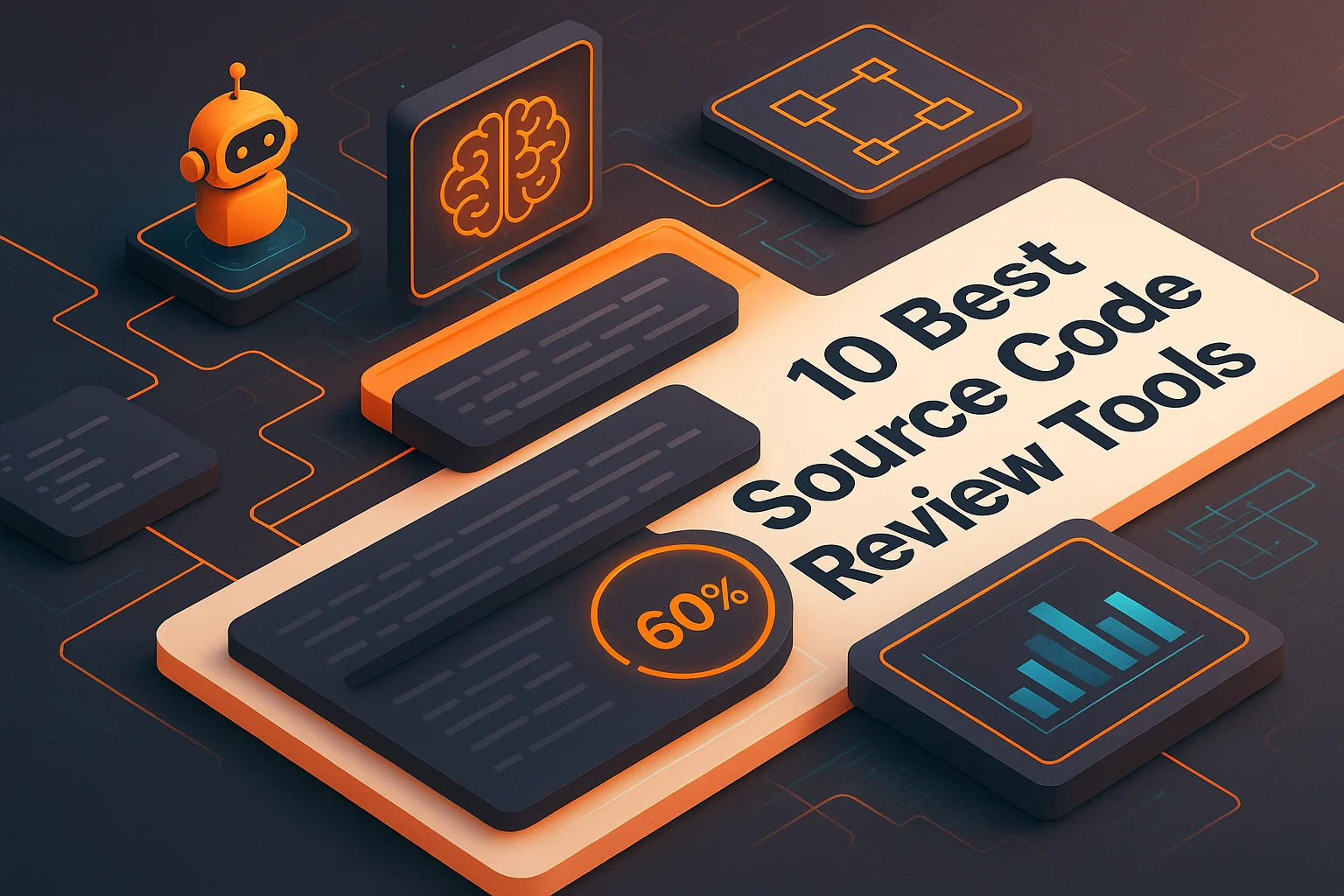Guide to Auto Code Review: Improve Workflow & Code Quality

Quick answer
Automated code review works when it enforces policy, catches repeatable issues, and leaves humans to debate architecture. Start with linting and security scans, then layer AI review (Propel) to classify severity, route feedback, and measure outcomes.
Automation is not a single tool—it is a system. Combine static analysis, AI reviewers, required checks, and human approval to ship higher quality code faster. This guide breaks the journey into actionable steps.
Core components of automated code review
- Formatters and linters for consistent style and syntax.
- Static analysis and SAST for security and performance smells.
- AI reviewers (Propel, Codacy, DeepCode) for contextual issues and policy enforcement.
- Test automation to validate behaviour before reviewers even look at the diff.
Step-by-step implementation
- Map current review flow and identify repetitive feedback categories.
- Introduce linting/formatting in CI to remove style debates.
- Add security and quality scanners; tune them to reduce false positives.
- Deploy Propel to classify severity, block risky merges, and alert owners.
- Train reviewers on new workflows and monitor outcomes weekly.
Tool selection checklist
Evaluation questions
- Does it integrate with our VCS and CI easily?
- What is the false positive rate on sample PRs?
- Can we customise rules without maintaining forks?
Enterprise needs
- Role-based access control and audit logs.
- Data residency and compliance options.
- Support for on-premise or VPC deployment.
Balancing automation with human expertise
Automation should surface high-signal findings, not replace judgement. Define swimlanes:
- Automated checks: Style, security policies, dependency updates, test coverage thresholds.
- Human review: Architecture, product trade-offs, novel algorithms, and risk acceptance.
- Shared: Propel routes borderline issues to reviewers with severity context.
Metrics to watch
Speed
Time to first review, total PR cycle time.
Quality
Defects caught pre-merge, escaped bug rate.
Trust
False positive rate, reviewer satisfaction, AI suggestion acceptance.
FAQ: rolling out automated code review
How do we prevent automation from becoming noisy?
Roll out gradually, review alerts weekly, and suppress rules that rarely produce action. Propel learns from dismissals to reduce noise over time.
What if developers ignore automated findings?
Tie severity to merge policies and make alerts actionable. Use analytics to show the impact of accepted vs. ignored findings.
Can automation handle compliance requirements?
Yes—codify compliance rules (SOC2, PCI) as automated checks and let Propel enforce them. Keep humans for exceptions and audits.
Ready to Transform Your Code Review Process?
See how Propel's AI-powered code review helps engineering teams ship better code faster with intelligent analysis and actionable feedback.


